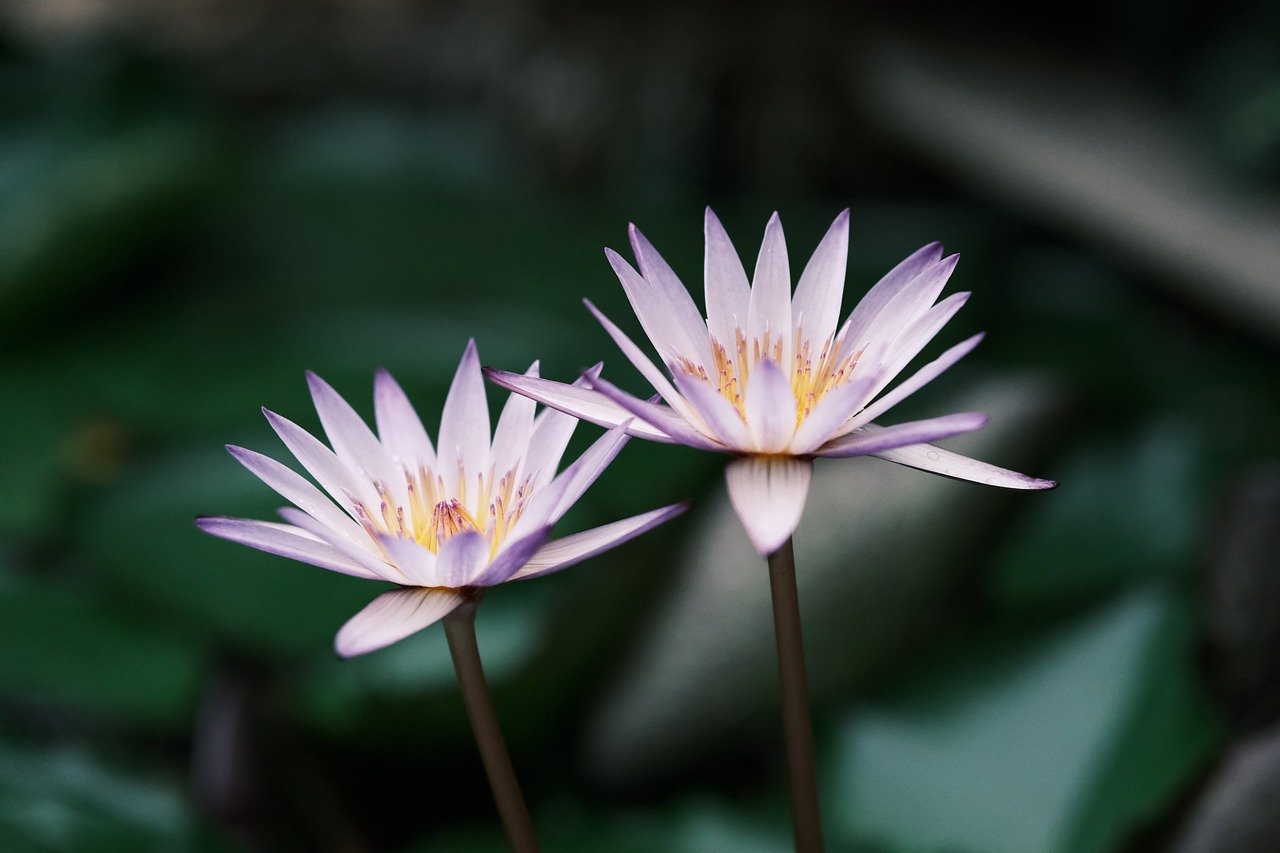The lotus flower has captured human fascination for centuries with its beauty, symbolism, and cultural significance. Known for its resilience and purity, the lotus has become a universal symbol of hope, rebirth, and enlightenment. In this article, we’ll explore the origins, meanings, and unique features of this captivating flower.
Origins and Botanical Profile of the Lotus Flower
The lotus flower, scientifically known as Nelumbo nucifera, is native to Asia, with a deep presence in regions like India, China, and Japan. This aquatic plant is renowned for its ability to grow in muddy waters, symbolizing the strength to rise above difficulties.
Physical Characteristics
The lotus is notable for its vibrant petals, which can be pink, white, or blue. Each petal is perfectly layered, forming a radiant bloom that opens with the sunrise and closes at night. The leaves are broad and round, floating on the water’s surface, which gives the plant its unique beauty.
Symbolic Meanings of the Lotus Flower Across Cultures
The lotus holds different meanings across various cultures and religions, each attaching special significance to this remarkable flower.
Lotus in Buddhism
In Buddhism, the lotus represents spiritual awakening. The flower’s journey from mud to the surface is a metaphor for human growth, depicting the path to enlightenment. The color of the lotus also holds symbolic value; for instance, the white lotus signifies purity, while the blue lotus represents wisdom and knowledge.
Lotus in Hinduism
In Hinduism, the lotus flower is sacred and associated with deities like Vishnu and Lakshmi. It symbolizes creation, beauty, and divine purity. This flower is often seen in Hindu art, where gods and goddesses are depicted seated or standing on lotus blooms, representing their spiritual elevation.
The Lotus Flower’s Unique Growth Process and Resilience
The lotus’s growth process is as fascinating as its symbolism. Unlike other plants, the lotus has an innate ability to thrive in murky environments. Its thick stem allows it to rise above muddy waters and bloom magnificently, illustrating resilience and grace. This transformation is symbolic of overcoming challenges, reminding us of the beauty that can emerge from adversity.
Adaptations to Aquatic Life
The lotus is highly adapted to life in water. Its leaves are coated with a waxy layer, which repels dirt and water, keeping the plant clean. Known as the “lotus effect,” this natural phenomenon is a symbol of purity and has even inspired modern waterproof materials.
The Lotus Flower in Art, Literature, and Modern Culture
From ancient times to modern-day artistry, the lotus flower has remained a central theme. Artists and writers have used the lotus as a metaphor for inner strength and resilience. In literature, the lotus often symbolizes rebirth, while in visual arts, it appears as a motif representing beauty and grace.
Modern Symbolism and Popularity
Today, the lotus remains a powerful symbol in wellness and spirituality communities. Lotus motifs are often used in jewelry, tattoos, and home decor, serving as reminders of inner peace and personal growth. Its association with mindfulness and meditation also makes the lotus a popular symbol in modern wellness practices.
Healing Properties and Uses of the Lotus Flower
Beyond its symbolic meanings, the lotus has practical uses. It has been used in traditional medicine for centuries, with various parts of the plant believed to offer health benefits.
Medicinal Uses
In traditional Chinese and Ayurvedic medicine, the lotus is valued for its cooling properties. Lotus seeds are rich in antioxidants and are used to promote heart health, reduce stress, and support digestion. The roots and leaves are also used in teas and herbal remedies, often praised for their calming effects.
Lotus Flower: A Timeless Icon of Resilience and Beauty
The lotus flower’s journey from murky waters to breathtaking bloom reflects the beauty of resilience. Across cultures and centuries, it remains a symbol of purity, growth, and spiritual enlightenment. Whether appreciated for its stunning beauty, symbolic depth, or medicinal benefits, the lotus flower continues to inspire and uplift, proving that beauty can thrive even in the most challenging environments.
